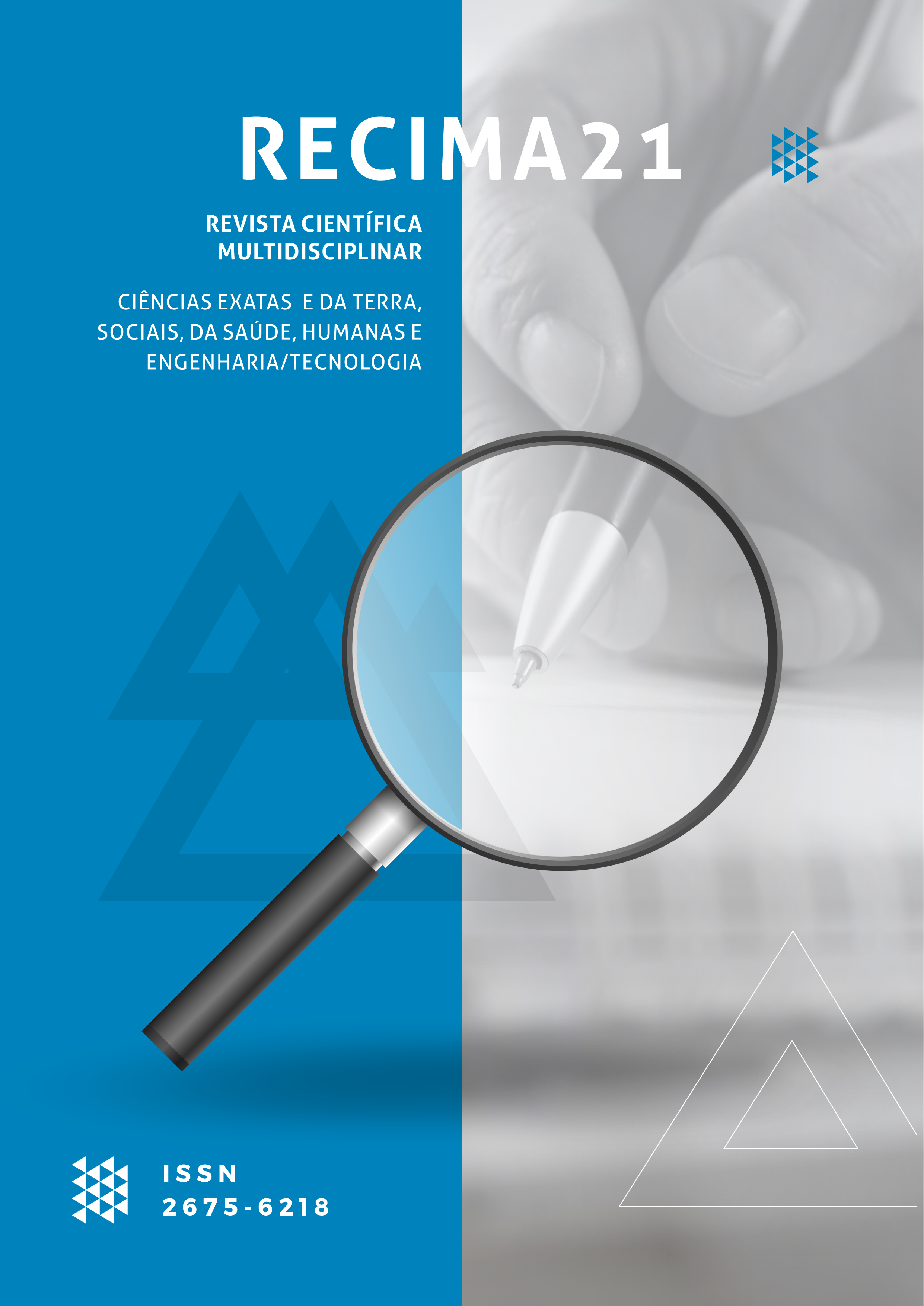O POTENCIAL DE REUTILIZAÇÃO DAS CÉLULAS DE ÍON LÍTIO DE BATERIAS DE NOTEBOOK DESCARTADAS: ANÁLISE EM TERMOS DE SUSTENTABILIDADE
DOI:
https://doi.org/10.47820/recima21.v3i5.1426Palavras-chave:
Baterias de notebook, Ion-Litio, ReaproveitamentoResumo
O presente artigo objetiva apresentar o processo de pesquisa para a recuperação de células de bateria de Íon-Lítio extraídas de baterias de notebook descartadas que foram obtidas através de doações, de forma a evitar seu descarte precoce e verificar o potencial de reutilização das células em outras aplicações, visando suprir a demanda de pilhas e baterias não recarregáveis, as quais são compostas de metais pesados danosos ao meio ambiente e à saúde. O estudo teve como escopo averiguar o índice de recuperação das células, para tanto, foram submetidas à uma série de procedimentos e testes, definindo-se assim a viabilidade do método aplicado e o potencial de reuso de baterias de notebook descartadas. A finalidade baseou-se na verificação das células funcionais dentro de baterias que haviam sido condenadas previamente pelos doadores, contribuindo para a sustentabilidade, através da redução no descarte prematuro de baterias de notebook e a reutilização das células que seriam descartadas em outros dispositivos.
Downloads
Referências
ASSOCIAÇÃO BRASILEIRA DE NORMAS TÉCNICAS (ABNT). NBR 10004 Resíduos Sólidos - Classificação. 2ª Ed., Rio de Janeiro, 2004.
BNEF (2021), Global Energy Storage Market set to hit One Terawatt-hour by 2030, BNEF. 2021. Disponível em: <https://about.bnef.com/blog/global-energy-storage-market-set-to-hit-one-terawatt-hour-by-2030/>. Acesso em 19 janeiro 2022.
BARCELOS, Lucas Pegrucci. Estudos sobre o reaproveitamento de baterias íon-lítio. 2020. 125 f. Trabalho de Conclusão de Curso (Graduação em Engenharia Química) - Universidade Federal de Uberlândia, Uberlândia, 2020.
BRUM, Zélio Rumpel; SILVEIRA, Djalma Dias da. Educação ambiental no uso e descarte de pilhas e baterias. 2010. Revista Eletrônica em Gestão, Educação e Tecnologia Ambiental - Universidade Federal de Santa Maria, Santa Maria, 2010.
CONSELHO NACIONAL DO MEIO AMBIENTE (CONAMA). Resolução nº 401, de 04 de novembro de 2008. Brasília, 5 nov. 2008.
COSTA, V. Venda de carros elétricos sobe 77% no Brasil, com maior diversidade de modelos. O GLOBO. 2022. Disponível em: <https://oglobo.globo.com/economia/venda-de-carros-eletricos-sobe-77-no-brasil-com-maior-diversidade-de-modelos-veja-lista-com-os-mais-vendidos-25342202>. Acesso em: 18 janeiro 2022.
GREEN ELETON - Gestora para Logística Reversa de Equipamentos Eletroeletrônicos. Resíduos Eletrônicos no Brasil – 2021. Local e data. Disponível em: <https://www.greeneletron.org.br/download/RELATORIO_DE_DADOS.pdf>. Acesso em: 17 abril 2022.
IEA (2020), Global Energy Review 2020, IEA, Paris. Disponível em: <https://www.iea.org/reports/global-energy-review-2020>. Acesso em: 17 janeiro 2022.
REDDY, Thomas B.; LINDEN, David. Linden’s handbook of batteries. New York: McGraw-Hill, 2011.
Downloads
Publicado
Edição
Seção
Categorias
Licença
Copyright (c) 2022 RECIMA21 - Revista Científica Multidisciplinar - ISSN 2675-6218

Este trabalho está licenciado sob uma licença Creative Commons Attribution 4.0 International License.
Os direitos autorais dos artigos/resenhas/TCCs publicados pertecem à revista RECIMA21, e seguem o padrão Creative Commons (CC BY 4.0), permitindo a cópia ou reprodução, desde que cite a fonte e respeite os direitos dos autores e contenham menção aos mesmos nos créditos. Toda e qualquer obra publicada na revista, seu conteúdo é de responsabilidade dos autores, cabendo a RECIMA21 apenas ser o veículo de divulgação, seguindo os padrões nacionais e internacionais de publicação.













